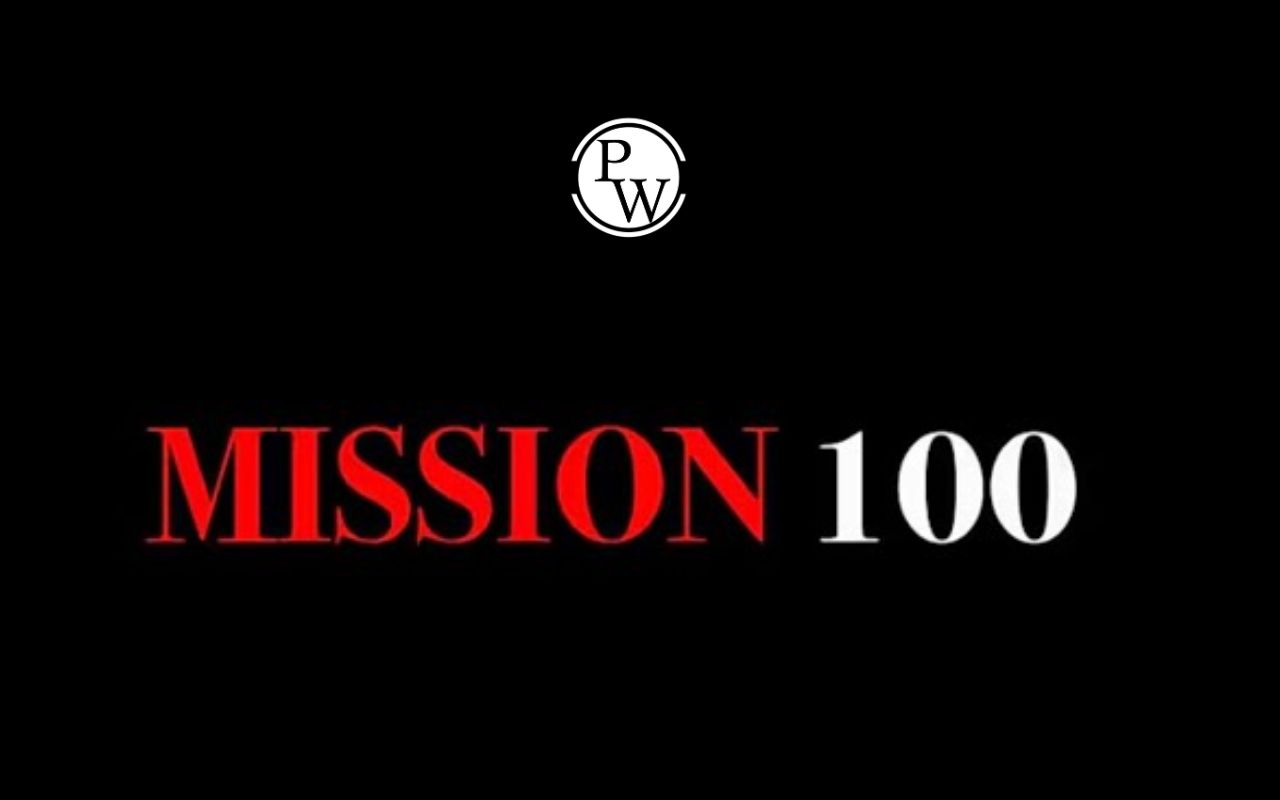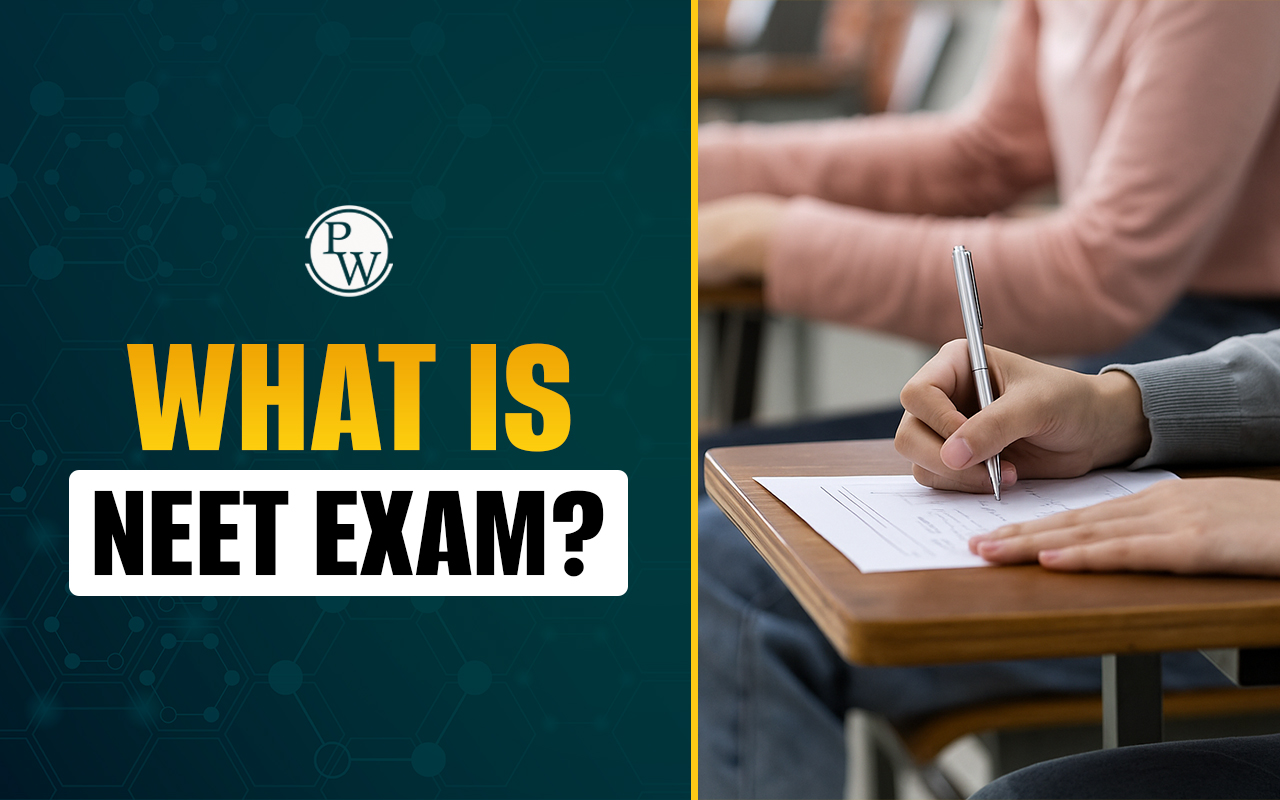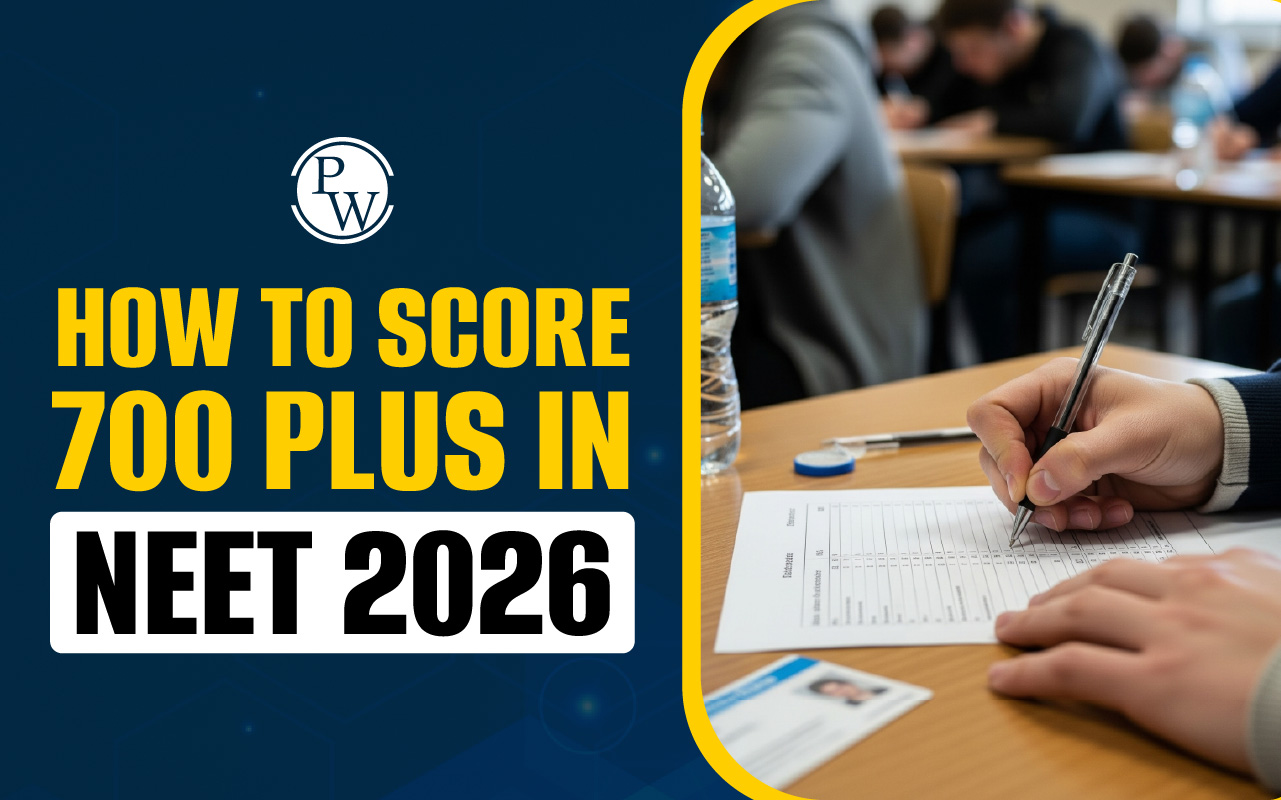
Chemical Kinetics Important Questions for NEET: Chemical Kinetics is a very important chapter for the NEET exam. It helps students understand how fast a chemical reaction happens and what factors affect its speed. Many questions in NEET are based on concepts of rate, order, and molecularity of reactions. Practicing important questions from this chapter will help in scoring better marks.
Chemical Kinetics Important Questions for NEET Overview
Chemical Kinetics plays a crucial role in chemistry as it explains how fast a reaction takes place and the factors influencing it. In NEET, questions from this chapter often test students' understanding of reaction rates, order, molecularity, and activation energy. Mastering this topic will not only help in answering theoretical questions but also in solving numerical problems efficiently.
Also Check:
What are Chemical Kinetics?
Chemical Kinetics is the branch of chemistry that studies the speed of chemical reactions and the factors that influence them. It helps in understanding how different conditions like temperature, concentration, and catalysts affect a reaction. It also involves equations that show the rate of reaction.
Practice Important Questions of Chemical Kinetics for NEET
Below are some important practice questions on Chemical Kinetics for NEET. These questions are part of the Prachand Batch 2025 study material. You can download the complete Practice Question PDF along with detailed solutions. For better understanding, a video solution is available for each question.
Q1 In the first order reaction, the concentration of reactant decreases from 1.0 M to 0.25 M in 20 minutes. The value of rate constant (in min⁻¹) is:
- 69.32
- 6.932
- 0.6932
- 0.0693
Q2 A graph plotted between log t₅₀% vs. log concentration is a straight line. What conclusion can you draw from this graph?
- n = 1; t₁/₂ ∝ a
- n = 2; t₁/₂ ∝ 1/a
- n = 1; t₁/₂ = (0.693/k)
- n = 3; t₁/₂ ∝ a
Q3 Half life of a first order reaction:
A(aq) → 2B (aq) is 40 min at 27°C and 20 min at 37°C. The activation energy of reaction is: (ln2 = 0.7, R = 2.0 cal mol⁻¹ K⁻¹)
- 19530 cal/mol
- 13020 cal/mol
- 26040 cal/mol
- 6510 cal/mol
Q4 Which of the following statement is not correct?
- With increase in temperature, the fraction of molecules having energy lower than activation energy decreases.
- With increase in temperature, the collision frequency of reactant molecules increases.
- With increase in temperature, the pre-exponential factor in collision theory increases.
- Rate constant can be less than pre-exponential factor in Arrhenius equation.
Q5 For a reaction
2A + B → product, rate law is − d[A]/dt = k[A]²[B]
At a time when t = 1/k, concentration of the reactant is: (C₀ = initial concentration)
- C₀/e
- C₀/e²
- C₀.e
- C₀.e²
Q6 The unit of rate constant for the reaction
2H₂ + 2NO → 2H₂O + N₂ which has rate = K[H₂][NO]², is:
- mol L⁻¹ s⁻¹
- s⁻¹
- mol⁻² L² s⁻¹
- mol L⁻¹
Q7 The rate expression for the reaction A(g) + B(g) → C(g) is rate = k . C_A² . C_B¹/² where C_A and C_B are concentrations of A and B. What changes in the initial concentration of A and B will cause the rate of reaction increase by a factor of eight?
- C_A × 2, C_B × 2
- C_A × 2, C_B × 4
- C_A × 1, C_B × 4
- C_A × 4, C_B × 1
Q8 The rate constant, the activation energy and the Arrhenius parameter of a chemical reaction at 25°C are 3.0 × 10⁻⁴ s⁻¹, 104.4 kJ mol⁻¹ and 6.0 × 10¹³ s⁻¹, respectively. The value of rate constant at T → ∞ is:
- 2.0 × 10¹⁸ s⁻¹
- 6.0 × 10¹³ s⁻¹
- infinity
- 3.6 × 10³⁰ s⁻¹
Q9 For a reaction: A + 2B → Product, the rate law is given as r = k[A][B]². If A is taken in excess, then what will be the overall order of the reaction?
- 2
- 3
- 1
- 0
Q10 Select the incorrect statement about a catalyst:
- it increases the rate of reaction.
- it does not affect the energy of activation.
- it does not alter ΔG of a reaction.
- it does not change the equilibrium constant of a reaction.
Chemical Kinetics Important Questions for NEET PDF
To get the Chemical Kinetics Important Questions PDF, click on the download link provided. This PDF contains a variety of questions that will help you in revision and practice. The solutions are also included for better understanding.
Download the Chemical Kinetics Important Questions for NEET
Practice Questions Now
Prepare for NEET with PhysicsWallah's NEET online coaching. Learn through easy-to-understand lessons and get help whenever you need it.
|
Chapterwise Important Questions for NEET |
|
|
Electrostatic Potential and Capacitance Important Questions for NEET |
|
|
Breathing and Exchange of Gases Important Questions for NEET |
|
Chemical Kinetics Important Questions for NEET FAQs
What are the important topics of Chemical Kinetics?
What is k called in Chemical Kinetics?
Who is the father of Chemical Kinetics?
Is Chemical Kinetics a hard chapter?










